The Australian Renewable Energy Agency (ARENA) has launched a new $60 million (USD 39.14 million) funding round to support research and development (R&D) projects that can help make the federal government’s ultra-low-cost solar stretch goal a reality. The goal seeks to reduce the installed cost of solar to 30 cents per watt and bring the levelised cost of electricity (LCOE) below $20 per MWh by 2030.
The new funds will be allocated equally across two streams, the first covering solar cells and modules and the second targeting cost reductions in balance of system, operations and maintenance.
ARENA Chief Executive Officer Darren Miller said the new funding round provides an opportunity for Australian universities, research groups, start-ups and entrepreneurs to help develop solutions and technologies that materially reduce the levelised cost of solar PV.
“Demand for renewable electricity is expected to increase significantly as Australia moves towards net zero,” Miller said. “Ultra low-cost solar PV is a critical source of electricity to meet this demand and will be a crucial enabler of the energy transition.”
The $60 million funding round will target six focus areas across the two streams. It will seek to increase efficiency, reduce cost and improve stability of cells and modules. It will also aim to reduce balance of system deployment and operations and maintenance costs, cut the LCOE and increase yield of solar PV technology.
ARENA has already helped drive significant cost reductions in the cost of large-scale solar projects in Australia, subsidising the first-generation solar farms constructed in Australia, which led to dramatic reductions in the cost of building subsequent projects.
To date, the agency has provided more than $120 million to solar PV R&D and an additional $104 million to support the Australian Centre for Advanced Photovoltaics (ACAP).
“ARENA has been at the forefront of investing in solar innovation since the Agency was established 13 years ago and has materially shifted the renewable energy landscape in Australia,” Miller said.
“Our ultra low-cost vision recognises that solar must be cheaper still to support and enable the renewable energy transition, especially if we are to decarbonise heavy industry and create new export industries.”
“This funding round is seeking the pioneering innovation Australia is so well known for in solar PV to achieve that vision.”
Miller said ARENA’s support has enabled researchers to push the limits of solar cell efficiency by exploring advanced characterisation techniques, enhancing solar cell and module reliability and stability, applying artificial intelligence and machine learning to better monitor and optimise PV system performance, and pioneering recycling solutions to reduce waste and support a circular solar economy.
It has also supported the development of next-generation technologies, including tandem solar cells, lightweight flexible panels and innovative manufacturing processes.
Expressions of interest for the Solar PV R&D funding round is now open.
This content is protected by copyright and may not be reused. If you want to cooperate with us and would like to reuse some of our content, please contact: editors@pv-magazine.com.
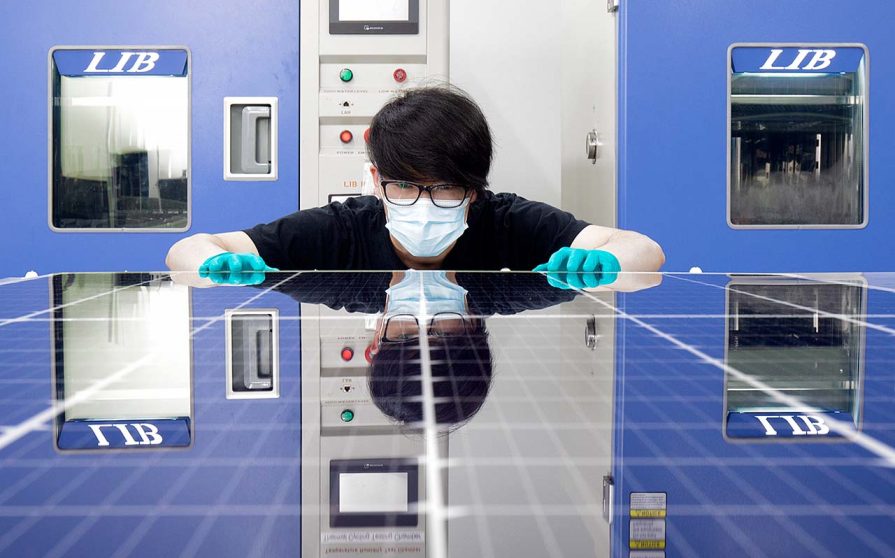
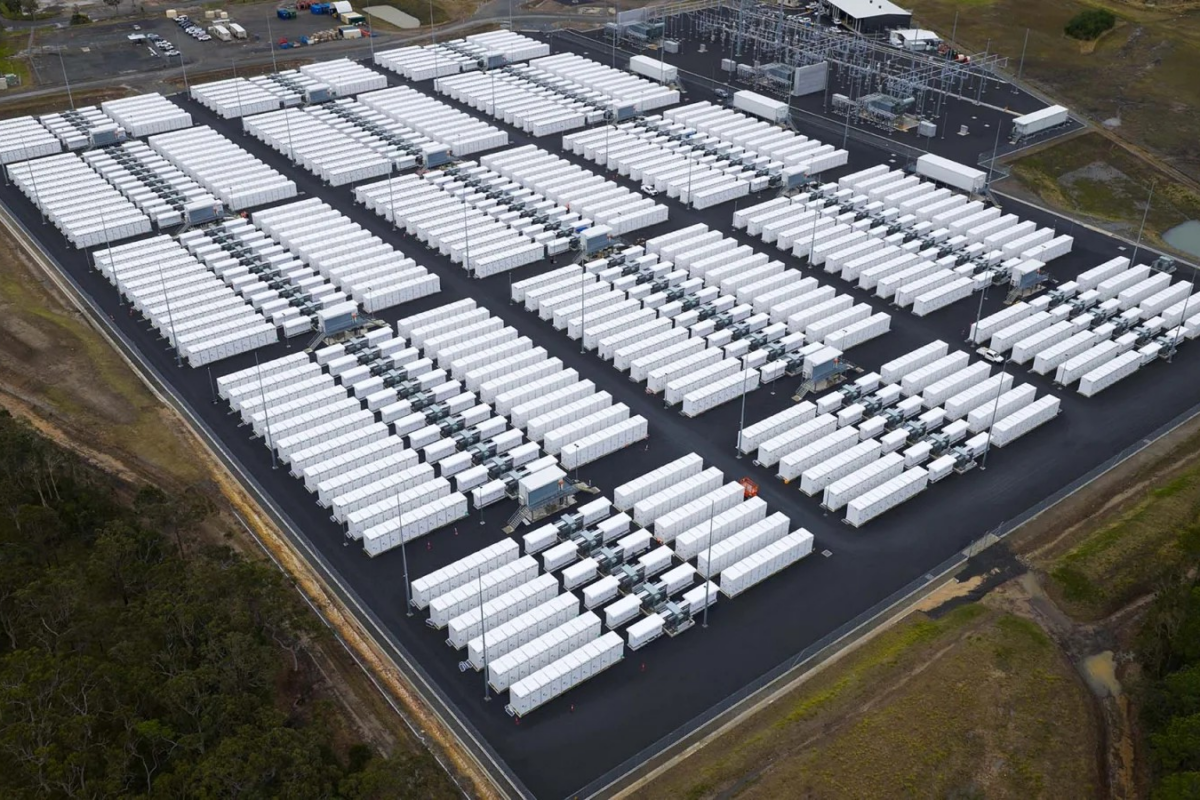


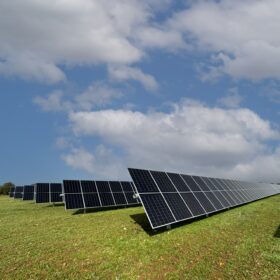
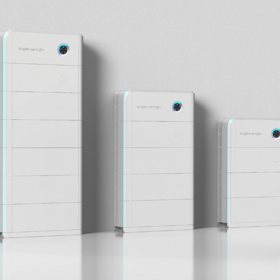
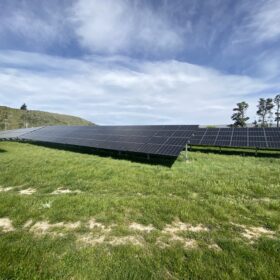
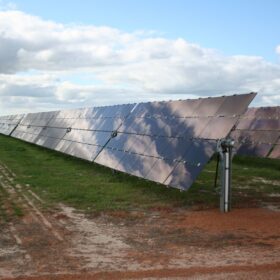
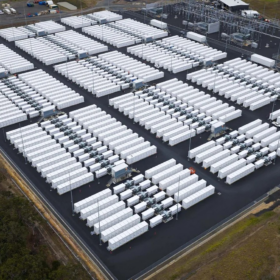
By submitting this form you agree to pv magazine using your data for the purposes of publishing your comment.
Your personal data will only be disclosed or otherwise transmitted to third parties for the purposes of spam filtering or if this is necessary for technical maintenance of the website. Any other transfer to third parties will not take place unless this is justified on the basis of applicable data protection regulations or if pv magazine is legally obliged to do so.
You may revoke this consent at any time with effect for the future, in which case your personal data will be deleted immediately. Otherwise, your data will be deleted if pv magazine has processed your request or the purpose of data storage is fulfilled.
Further information on data privacy can be found in our Data Protection Policy.